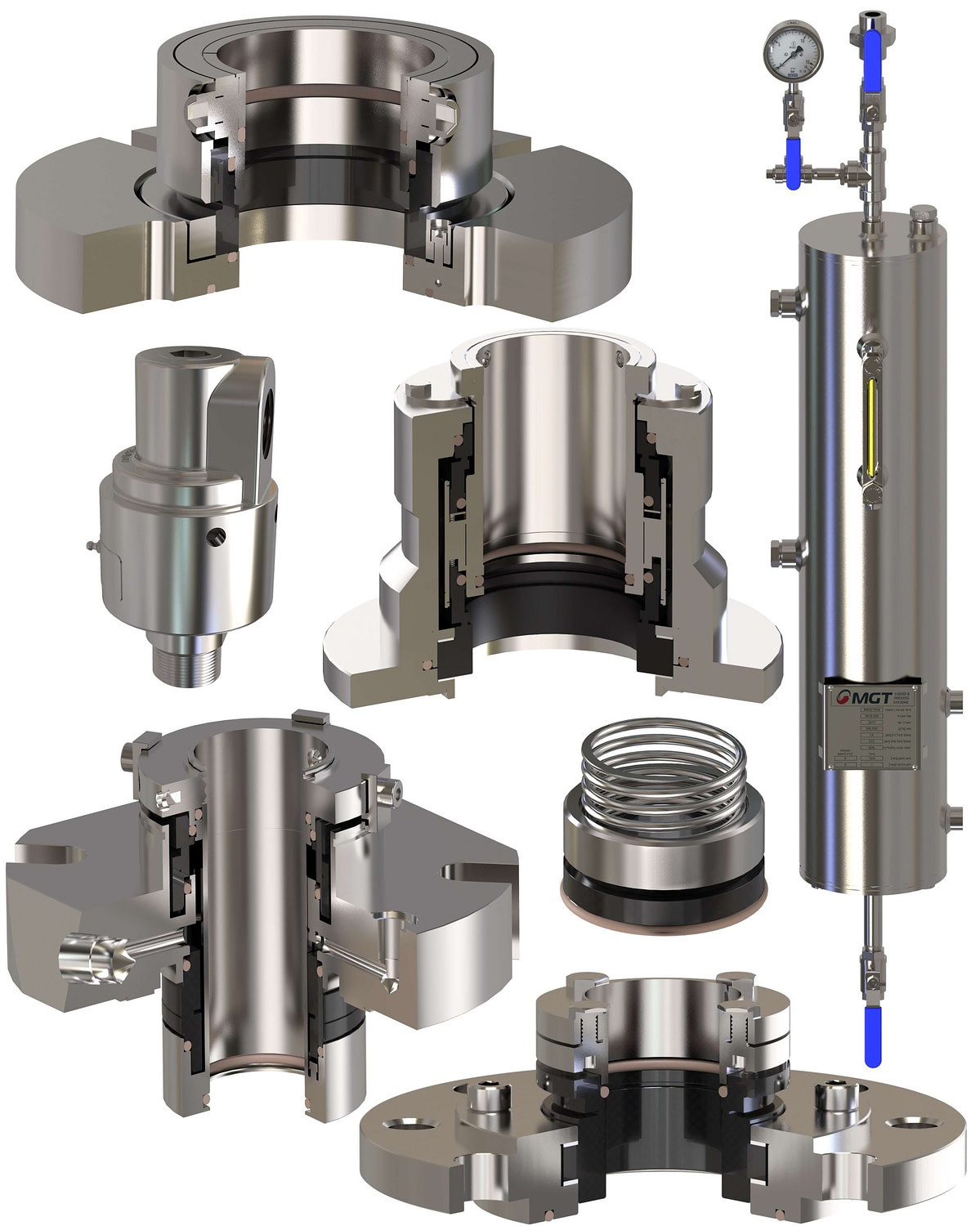Shaft seals are an essential component of many industrial machines, including pumps, compressors, and turbines. They play a crucial role in preventing the leakage of fluids and gases, protecting the environment, and ensuring the smooth operation of the equipment. In this article, we will explore the different types of shaft seals, their functions, and how to maintain them to ensure optimal performance.
Types of Shaft Seals:
There are several types of shaft seals, including mechanical seals, lip seals, labyrinth seals, and magnetic seals. Mechanical seals are the most common type and consist of two flat surfaces that slide against each other to create a seal. Lip seals, also known as radial shaft seals, use a flexible lip to create a barrier between the shaft and the housing. Labyrinth seals use a series of grooves and ridges to create a tortuous path for the fluid, preventing it from leaking. Magnetic seals use a magnetic field to create a seal between the shaft and the housing.
Functions of Shaft Seals:
The primary function of a shaft seal is to prevent the leakage of fluids and gases from the equipment. This is important for protecting the environment, preventing contamination, and ensuring the safety of personnel. Shaft seals also help to reduce friction and wear between the shaft and the housing, which can extend the life of the equipment. Additionally, they can help to maintain the pressure and temperature of the fluid, ensuring optimal performance.
Maintenance of Shaft Seals:
Proper maintenance of shaft seals is essential for ensuring optimal performance and preventing costly downtime. Regular inspections should be conducted to check for wear, damage, and leaks. The seal faces should be cleaned and lubricated to prevent friction and wear. The sealing surfaces should be kept free of debris and contaminants, and the seal should be replaced if it shows signs of damage or wear.
Conclusion:
Shaft seals are an essential component of many industrial machines, and understanding their types, functions, and maintenance is crucial for ensuring optimal performance and preventing costly downtime. By following the tips outlined in this article, you can help to extend the life of your equipment and ensure safe and efficient operation.

